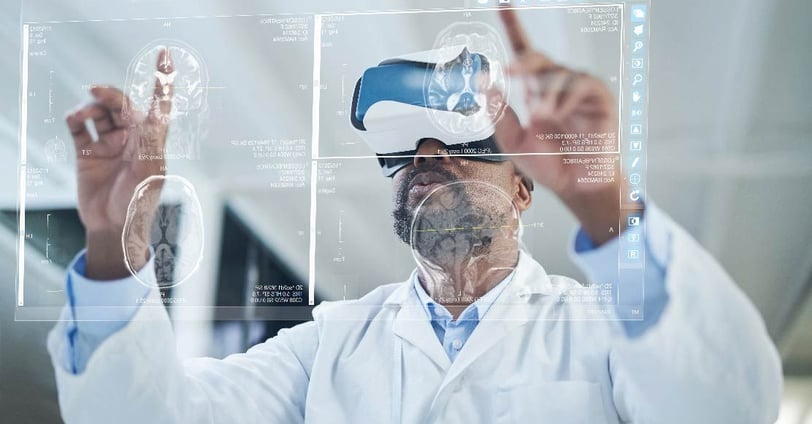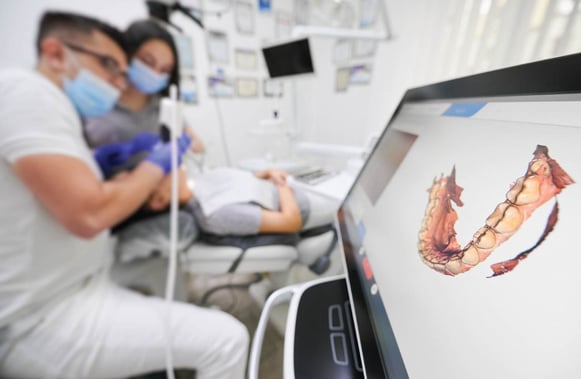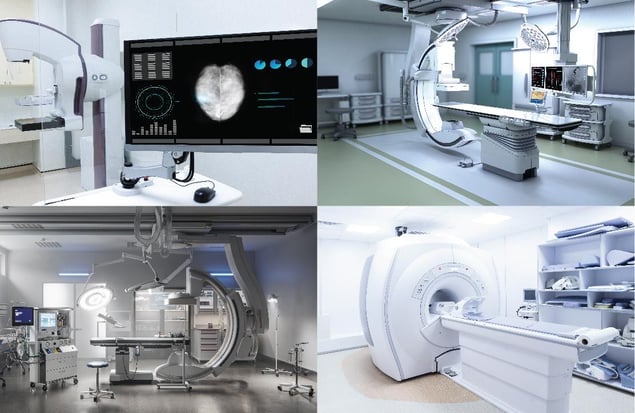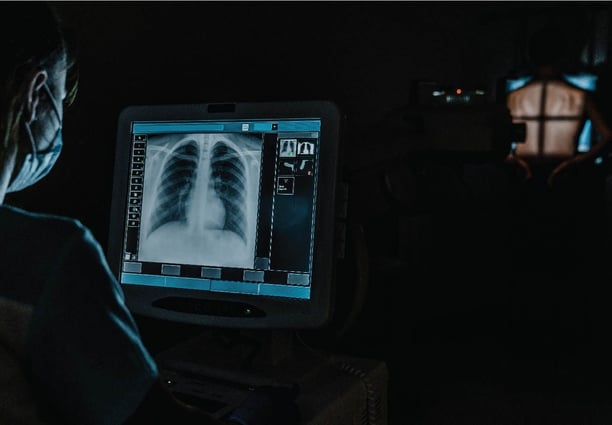Game-Changing X-Ray Innovations in Medical Imaging
Discover the latest innovations in X-ray technology that are revolutionizing medical imaging. From AI-powered augmented reality to 3D radiography and dark-field X-rays, advancements in X-ray machines are enhancing diagnostic accuracy, improving patient care, and reducing radiation exposure. Learn how these breakthroughs are shaping the future of healthcare and transforming the way we diagnose and treat patients.
Blog For Game Changing X-Ray Innovations in Medical Imaging
2/18/20253 min read


Author: X-Ray News Team
Published: February 17, 2025
Reading time: 4 minutes
The healthcare sector has seen exponential advancements over the past few decades, especially in the realm of medical imaging. X-ray technology, once confined to basic diagnostic imaging, is undergoing a remarkable transformation. The evolution of X-ray machines and techniques continues to shape the way clinicians diagnose and treat patients. However, despite these developments, there remains a critical need for flexible X-ray solutions that offer:
Low-dose radiation exposure
High-resolution imaging
A broad field of view
In this blog, we explore some of the most exciting and transformative innovations currently reshaping the X-ray landscape and the future of medical imaging.
AI and VR Integration: The Future of Medical Imaging
The integration of advanced technologies like artificial intelligence (AI), virtual reality (VR), and wearable devices into radiology is bringing groundbreaking changes to X-ray diagnostics.
X-ray machines equipped with AI-powered augmented reality (AR) are enabling real-time simulations that provide clinicians with unparalleled insights. These simulations go beyond human sensory capabilities, enhancing diagnostic precision and speed. From breast cancer screenings to cardiovascular diagnostics and even radiology training, AI and VR are making significant strides in delivering:
Exceptional accuracy
Real-time analytics
Dynamic automation
These technologies are driving profound improvements in patient outcomes, providing quicker and more accurate diagnoses and better overall healthcare delivery.
3D Radiography: A New Era of Imaging
One of the major limitations of traditional X-rays is their inability to visualize fine details of soft tissues, such as organs. This limitation has been addressed by innovations like 3D radiography, powered by CERN’s advanced sensor chip technology.
The new 3D scanners can produce color X-ray images that not only highlight bones but also outline soft tissues, disease markers, and lipids. These developments are set to revolutionize diagnostic fields such as:
Orthopedic surgery
Vascular diseases
Rheumatology
Cancer diagnostics
With 3D imaging, clinicians can obtain detailed and accurate visualizations of patient conditions, leading to faster, more informed treatment decisions.
Digital Radiography: Advancing X-Ray with Lower Radiation
As healthcare providers increasingly seek to reduce patient radiation exposure, digital radiography (the "digitized cousin" of traditional X-ray) has come to the forefront. Recent advancements in digital X-ray technology include:
AI-enhanced image interpretation: AI assists in analyzing X-ray images, improving diagnostic accuracy and efficiency.
Dual-energy imaging: This technique allows for clearer images by differentiating between tissues and offering better contrast.
Automatic image stitching: This feature ensures high-quality, comprehensive images with minimal retakes.
These innovations ensure that healthcare providers can deliver superior image quality with reduced radiation exposure, all while enhancing patient care.
Dark-Field X-Rays: Revolutionizing Respiratory Diagnostics
Dark-field X-rays are another breakthrough that could reshape the way we approach diagnostics. Developed by researchers at the Technical University of Munich, this method enhances traditional X-ray imaging by leveraging the wave characteristics of X-ray light.
In traditional X-rays, details of soft tissues can be difficult to discern, especially in areas like the lungs. Dark-field X-rays solve this problem by offering more detailed views of otherwise invisible structures. The benefits include:
Improved respiratory diagnostics
Significantly reduced radiation exposure: Dark-field X-rays require fewer exposures compared to traditional imaging techniques like CT scans.
Better image quality: This method allows clinicians to distinguish between healthy and diseased tissue with greater precision.
Dark-field X-rays have the potential to accelerate diagnoses, providing quicker turnaround times for healthcare providers while maintaining lower radiation doses for patients.
Takeaway: The Future of X-Ray Imaging
As we move further into the 21st century, the future of X-ray technology looks brighter than ever. With innovations such as AI, 3D imaging, and dark-field X-rays, the capabilities of medical imaging are expanding rapidly. These breakthroughs are allowing healthcare providers to deliver more accurate, faster, and safer diagnoses, all while enhancing patient care.
At X-Ray News, we are committed to bringing you the latest advancements in X-ray technology. Our goal is to keep you informed on the innovations that are shaping the future of medical diagnostics.
Stay tuned as we continue to explore the cutting-edge developments in radiology and X-ray technology. The future of healthcare is here, and it's transforming the way we see and treat patients.






Reference Website Link:
RadiologyInfo.org - Latest Advances in X-Ray Technology
https://www.radiologyinfo.org/en/info/x-rayRadiological Society of North America (RSNA)
https://www.rsna.org/HealthIT.gov - Artificial Intelligence in Healthcare
https://www.healthit.gov/topic/scientific-initiatives/artificial-intelligenceAmerican College of Radiology (ACR) - Digital Imaging and X-Rays
https://www.acr.org/Clinical-Resources/Radiology-Protocols/Digital-RadiographyNIBIB - Advanced X-ray Technology
https://www.nibib.nih.gov/science-education/science-topics/imagingAI in Healthcare - Radiology and Imaging
https://www.healthit.gov/topic/scientific-initiatives/artificial-intelligence/ai-healthcare
